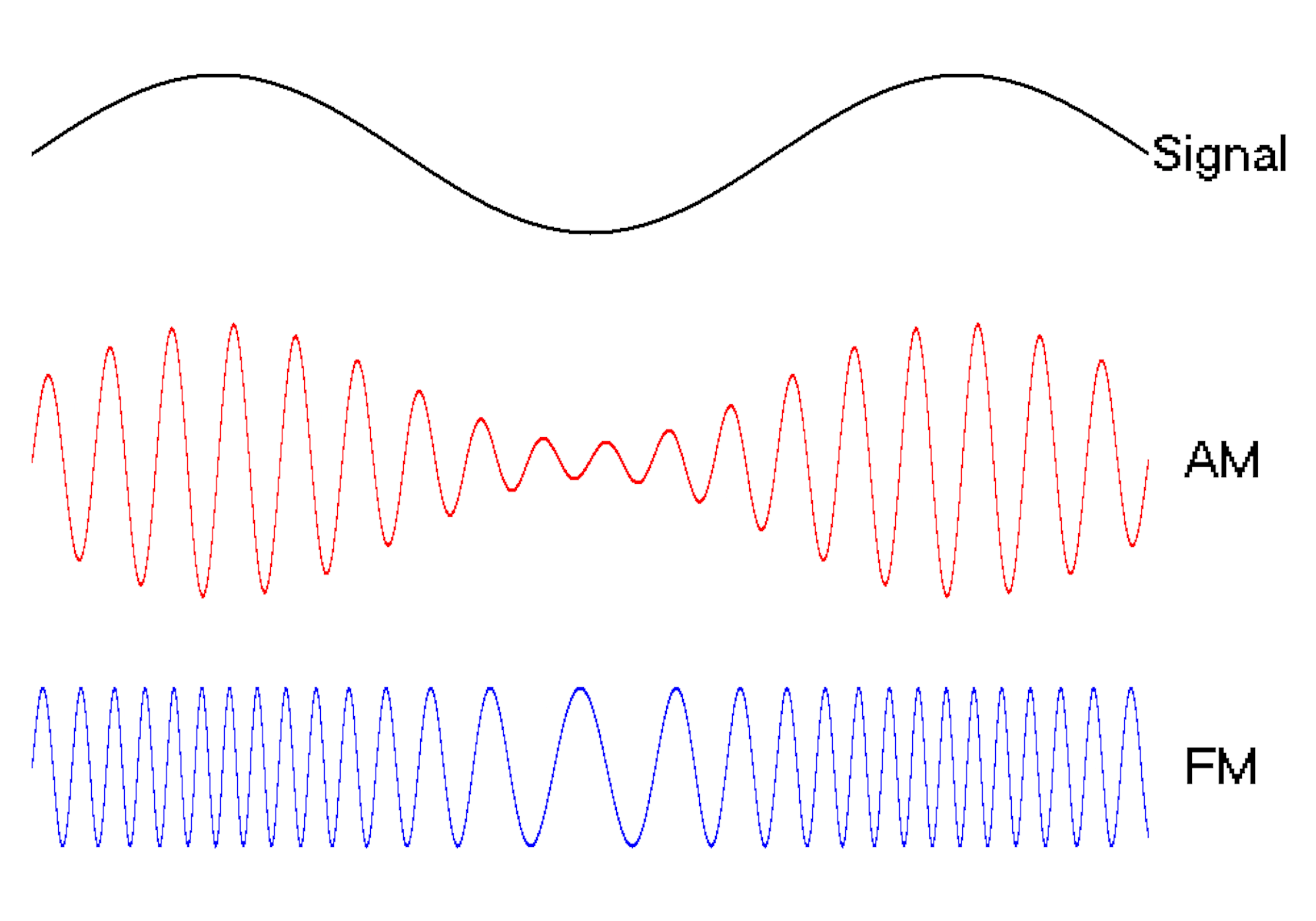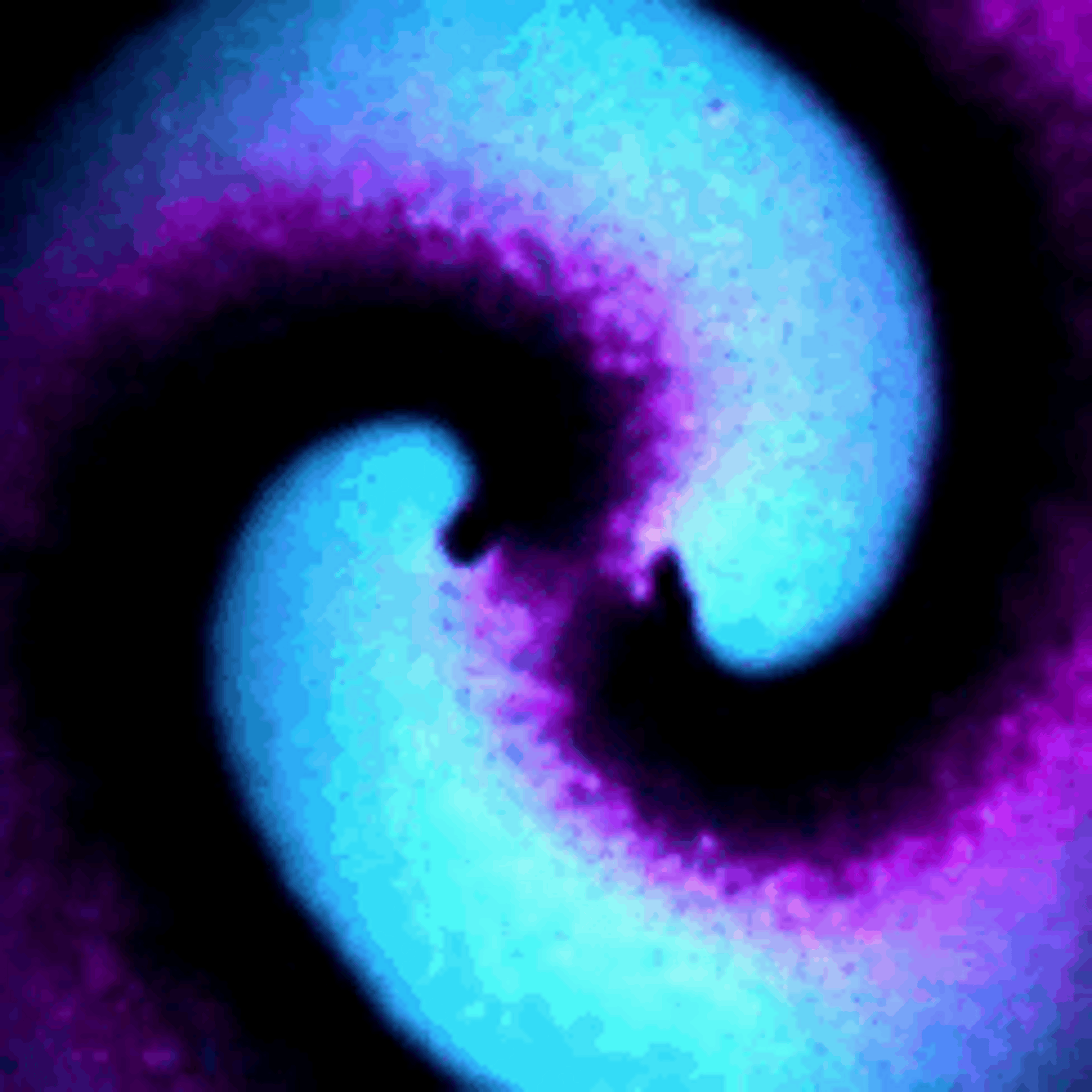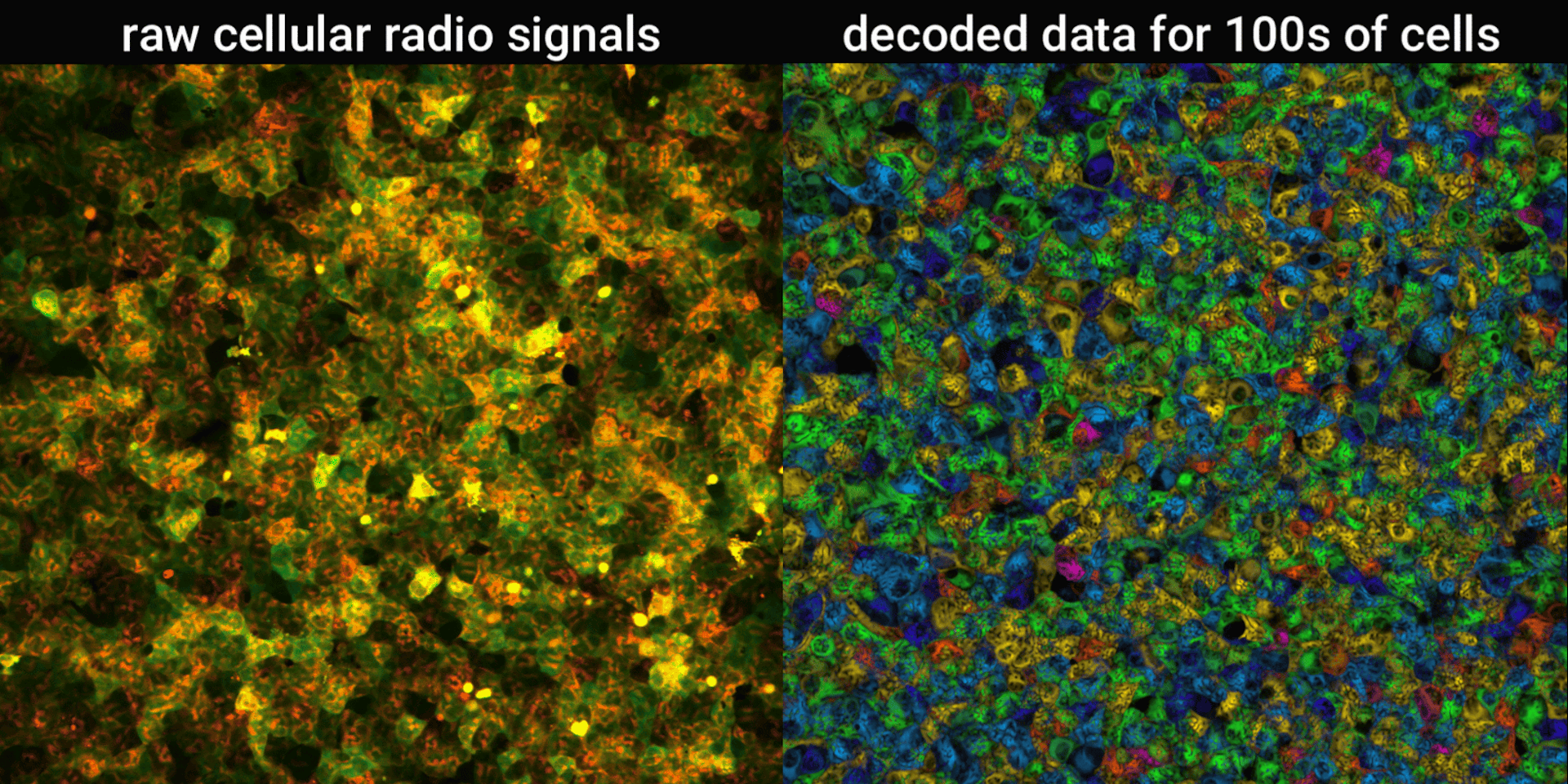Engineering cells to broadcast their behavior can help scientists study their inner workings
Waves are . Whether it’s the rise and fall of ocean tides or the swinging of a clock’s pendulum, the predictable rhythms of waves create a signal that is easy to track and distinguish from other types of signals.
Electronic devices use radio waves to send and receive data, like your laptop and Wi-Fi router or cellphone and cell tower. Similarly, scientists can use a different type of wave to transmit a different type of data: signals from the invisible processes and dynamics underlying how cells make decisions.
I am a , and my developed a technology that traveling through a human cell to provide a window into the hidden activities that power cells when they’re healthy and harm cells when they go haywire.

Waves are a powerful engineering tool
The oscillating behavior of waves is one reason they’re powerful patterns in engineering.
For example, controlled and predictable changes to wave oscillations can be used to encode data, such as voice or video information. In the case of is assigned a unique electromagnetic wave that oscillates at its own frequency. These are the numbers you see on the radio dial.
Scientists can extend this strategy to living cells. My team used to turn a cell into a microscopic radio station, broadcasting data about its activity in real time to study its behavior.

Turning cells into radio stations
Studying the inside of cells requires a kind of wave that can specifically connect to and interact with the machinery and components of a cell.
While electronic devices are built from wires and transistors, cells are built from and controlled by a diverse collection of chemical building blocks . Proteins perform an array of functions within the cell, from extracting energy from sugar to deciding whether the cell should grow.
Protein waves are generally rare in nature, but some bacteria naturally generate waves of two proteins called – typically referred to together as MinDE – to help them divide. My team discovered that putting MinDE into human cells causes the proteins to reorganize themselves into a stunning array of .
On their own, MinDE protein waves do not interact with other proteins in human cells. However, we found that MinDE could be to react to the activity of specific human proteins responsible for making decisions about whether to grow, send signals to neighboring cells, move around and divide.
The protein dynamics driving these cellular functions are typically difficult to detect and study in living cells because the activity of proteins is generally invisible to even high-power microscopes. The disruption of these protein patterns cancers and developmental disorders.

We engineered connections between MinDE protein waves and the activity of proteins responsible for key cellular processes. Now, the activity of these proteins trigger changes in the frequency or amplitude of the protein wave, just like an AM/FM radio. Using microscopes, we can detect and record the unique signals individual cells are broadcasting and then decode them to recover the dynamics of these cellular processes.
We have only begun to scratch the surface of how scientists can use protein waves to study cells. If the history of waves in technology is any indicator, their potential is vast.
This article is republished from under a Creative Commons license. Read the .
![]()
Enjoy reading ASBMB Today?
Become a member to receive the print edition four times a year and the digital edition monthly.
Learn moreGet the latest from ASBMB Today
Enter your email address, and we鈥檒l send you a weekly email with recent articles, interviews and more.
Latest in Science
Science highlights or most popular articles

RA patient blood reveals joint innerworkings
Researchers in the Netherlands use mass spectrometry to compare the proteome of plasma and synovial fluid in rheumatoid arthritis patients and find a correlation. Read more about this recent paper in 偷拍偷窥 & Cellular Proteomics.

Hope for a cure hangs on research
Amid drastic proposed cuts to biomedical research, rare disease families like Hailey Adkisson鈥檚 fight for survival and hope. Without funding, science can鈥檛 鈥渃atch up鈥� to help the patients who need it most.

Before we鈥檝e lost what we can鈥檛 rebuild: Hope for prion disease
Sonia Vallabh and Eric Minikel, a husband-and-wife team racing to cure prion disease, helped develop ION717, an antisense oligonucleotide treatment now in clinical trials. Their mission is personal 鈥� and just getting started.

Defeating deletions and duplications
Promising therapeutics for chromosome 15 rare neurodevelopmental disorders, including Angelman syndrome, Dup15q syndrome and Prader鈥揥illi syndrome.

Using 'nature鈥檚 mistakes' as a window into Lafora disease
After years of heartbreak, Lafora disease families are fueling glycogen storage research breakthroughs, helping develop therapies that may treat not only Lafora but other related neurological disorders.

Cracking cancer鈥檚 code through functional connections
A machine learning鈥揹erived protein cofunction network is transforming how scientists understand and uncover relationships between proteins in cancer.

